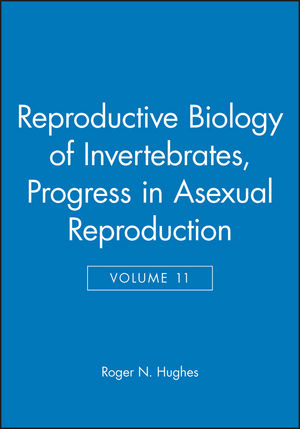Reproductive Biology of Invertebrates, Volume 11, Progress in Asexual ReproductionISBN: 978-0-471-48968-9
Hardcover
354 pages
September 2002
 |
||||||
DR. K.G. ADIYODI, formerly Professor of Physiology and Dean,Faculty of Science, Calicut University, Kerala, India andVice-Chancellor, Cochin University of Science and Technology, Kochi, is now Public Service Commissioner to Government of India,New Delhi. A distinguished invertebrate reproductive biologist, whogave the discipline of invertebrate reproductive biology a global distinctiveness and identity of its own, Dr. K.G. Adiyodi is Founder Secretary of the International Society of Inverebrate Reproduction, Founder Editor-in-Chief of the International Journal of Invertebrate Reproduction and Development, and Founder President of the Indian Society of Invertebrate Reproduction.
DR. RITA G. ADIYODI, formerly Rhodes Visiting Fellow, Somerville College, Oxford (1976-78), is Professor of Zoology at CalicutUniversity. She served as President of the Crustacean Reprobiologyand Aquaculture Bureau of India and as Vice-President of the Indian Society of Invertebrate Reproduction. Dr. Rita Adiyodi representedIndia on the International Committee of Comparative Endocrinology.
The Adiyodis have worked extensively, over the past three decades,on the endocrinology and physiology of growth and reproduction ofarthropods, chiefly crustaceans.
DR. ROGER NEVILLE HUGHES is Lloyd Roberts Professor, Professor of Zoology, in the School of Biological Sciences, University of Wales, Bangor. While maintaining wide interest in evolutionary andbehavioural ecology, he has focussed particularly on the biology ofclonal animals. By adopting the bryozoan Celloporela hyalina which can be propogated sexually and asexually, as a model experimentalorganism, he is able to investigate a range of fundamental problems including gender allocation in simultaneous hermaphrodites, theeffect of temperature on body size and the contribution of crypticspeciation to marine diversity.



